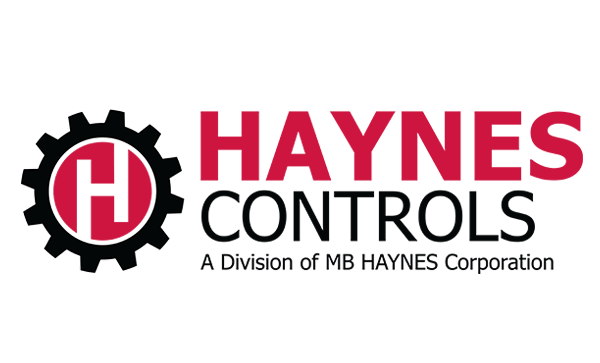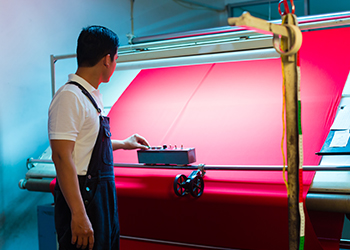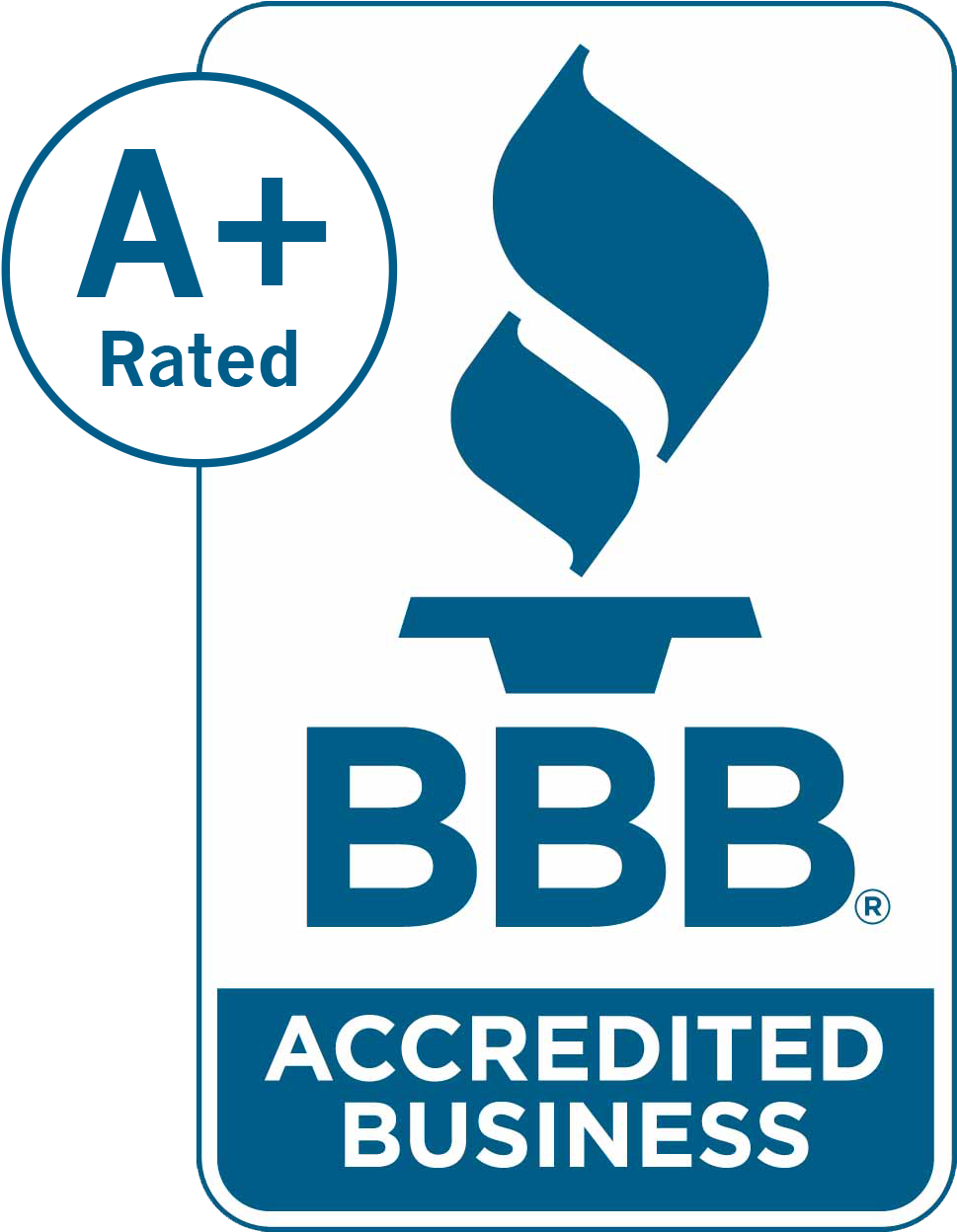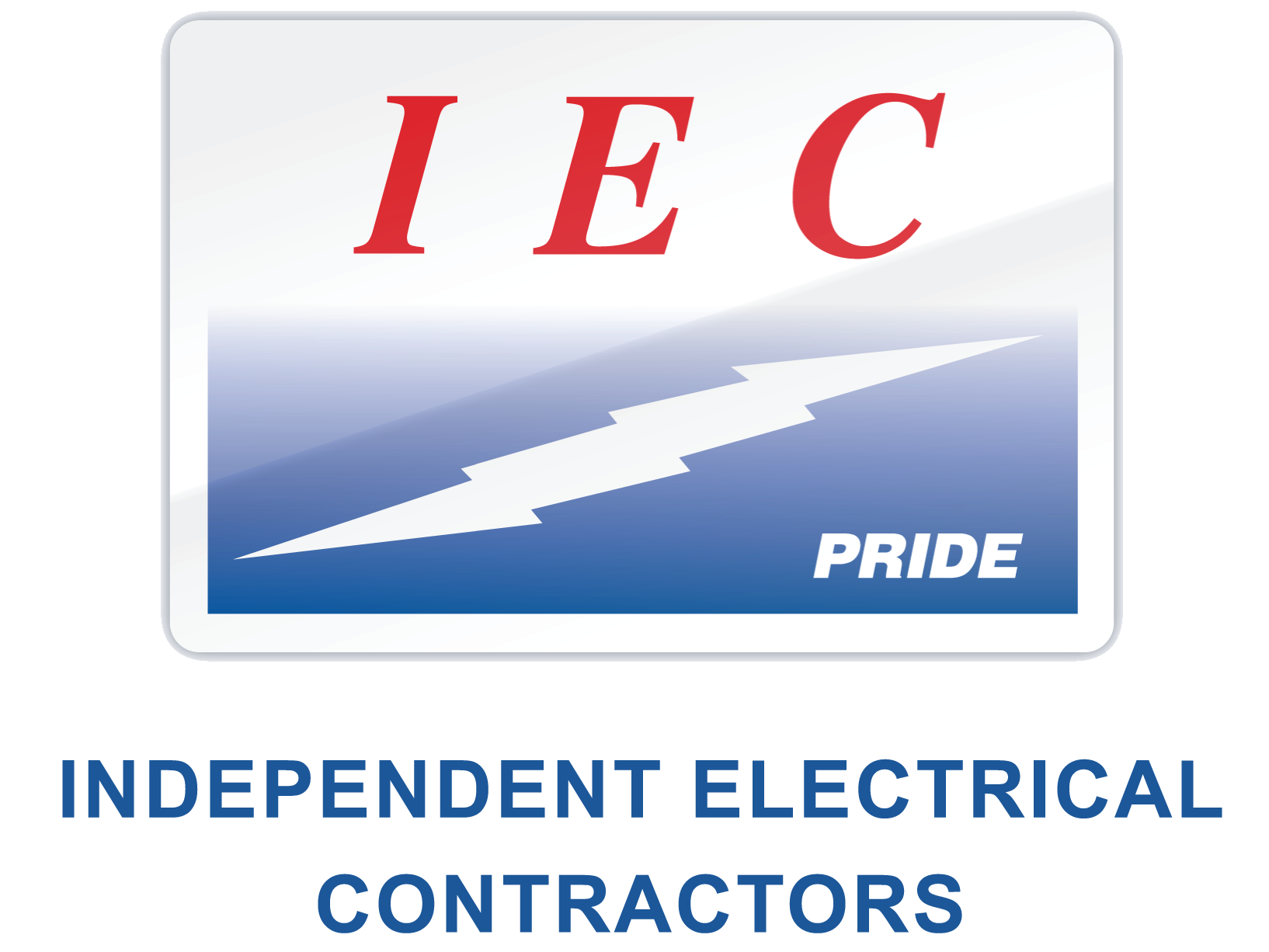
Textile Industry
 In the Textile Industry, electrical control panels play a crucial role in managing and regulating various processes involved in the production of textiles. These control panels are sophisticated systems designed to control and monitor machinery, ensuring efficiency, precision, and safety in the manufacturing process. Here are some key aspects to consider when discussing the use of electrical control panels in the Textile Industry:
In the Textile Industry, electrical control panels play a crucial role in managing and regulating various processes involved in the production of textiles. These control panels are sophisticated systems designed to control and monitor machinery, ensuring efficiency, precision, and safety in the manufacturing process. Here are some key aspects to consider when discussing the use of electrical control panels in the Textile Industry:
- Machine Control and Automation:
-
- Spinning and Weaving Machines: Electrical control panels are integrated with spinning and weaving machines to control their speed, tension, and other parameters. Automation helps in achieving consistent quality and increased productivity.
- Dyeing and Finishing Equipment: Control panels are employed in dyeing and finishing processes to regulate temperature, pressure, and chemical dosing. This ensures the desired color consistency and finish of the textiles.
-
- Process Optimization:
-
- Energy Management: Electrical control panels help in optimizing energy usage by regulating power to various machines based on demand. This is crucial in reducing operational costs and improving overall efficiency.
- Material Handling: Panels are utilized in controlling conveyors and material handling systems, streamlining the movement of raw materials and finished products throughout the production line.
-
- Quality Control:
-
- Sensors and Feedback Systems: Control panels integrate sensors and feedback systems that monitor the quality of textiles in real-time. Any deviations from the set parameters trigger immediate adjustments, ensuring consistent and high-quality production.
- Fault Detection: Advanced control panels include fault detection systems that can identify issues such as yarn breakage or machine malfunctions, enabling swift responses to prevent defects in the final product.
-
- User Interface and Data Visualization:
-
- Human-Machine Interface (HMI): Modern electrical control panels often feature user-friendly HMIs. Operators can monitor and control various aspects of the production process through a graphical interface, making it easier to detect issues and implement changes.
- Data Logging and Analysis: Control panels may have the capability to log data related to machine performance, energy consumption, and production rates. This data can be analyzed to identify trends, improve efficiency, and predict maintenance requirements.
-
- Safety and Compliance:
-
- Emergency Stop Systems: Electrical control panels are equipped with emergency stop systems to quickly halt machinery in case of a safety hazard.
- Compliance with Standards: Control panels in the Textile Industry must adhere to relevant safety and industry standards to ensure a safe working environment and compliance with regulations.
-
- Maintenance and Diagnostics:
-
- Remote Monitoring: Some control panels support remote monitoring, allowing maintenance personnel to access and diagnose issues without being physically present, minimizing downtime.
- Predictive Maintenance: Utilizing data from sensors, control panels can facilitate predictive maintenance, helping to schedule maintenance tasks before equipment failure occurs.
-
In summary, electrical control panels are integral to the Textile Industry, providing the automation, precision, and control necessary for efficient and high-quality textile production. Their role extends beyond basic machine control to encompass optimization, quality assurance, and compliance with industry standards.
Our Industries
- Agricultural Industry
- Automotive Manufacturing
- Chemical Laboratories
- Chemical Processing Industry
- Data Centers
- Educational Institutions
- Entertainment and Broadcasting Industry
- Food and Beverage Processing Industry
- Manufacturing Industry
- Medical Equipment Manufacturing Industry
- Mining and Minerals Processing Industry
- Oil and Gas Industry
- Pharmaceutical Manufacturing Industry
- Pulp and Paper Manufacturing Industry
- Rail Transportation Industry
- Renewable Energy Industry
- Research Laboratories
- Telecommunications Industry
- Textile Industry
- Transportation Industry
- Water and Wastewater Treatment
- Controls Services MAIN PAGE >












